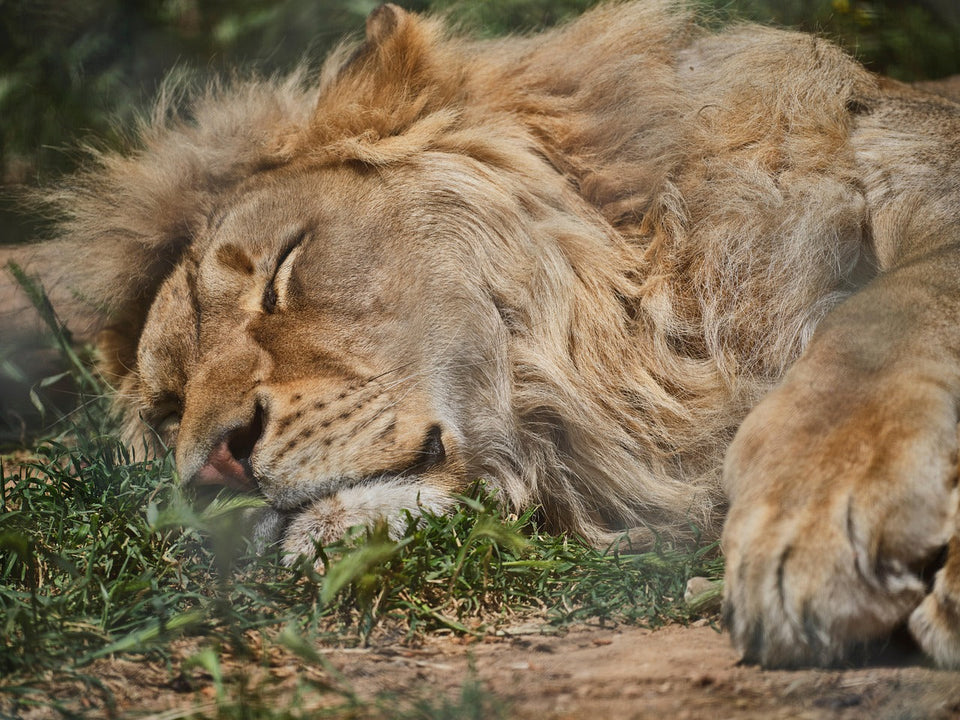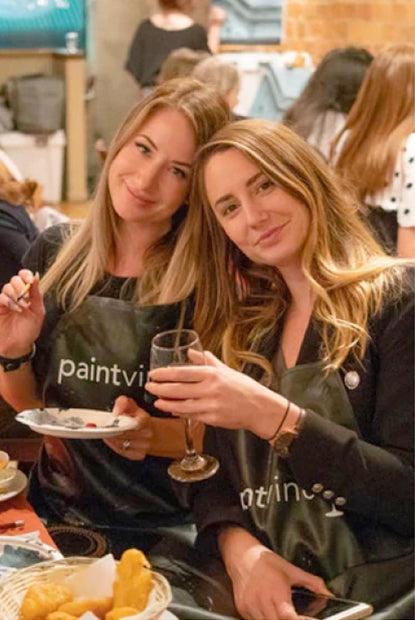
In the 1970s, actress Melanie Griffith grew up in a house shared not just with her movie star mother – Tippi Hedren (best known for Hitchcock’s The Birds) – but with a full-sized, free-roaming African lion named Neil. It’s one of Hollywood’s most unbelievable true stories – and the Life Magazine photos are absolutely jaw-dropping.
Neil lived like a member of the family. He napped in beds, curled up on the couch, raided the fridge, and swam in the pool. One photo shows Melanie doing homework with the massive cat draped across her back. Another shows Neil lounging in bed beside her, reading over her shoulder.
This surreal living situation wasn’t just a publicity stunt. It was part of a much larger dream – and obsession – that began in 1969 when Tippi Hedren was filming in Africa. While on set, she encountered a mellow lion and became captivated by big cats and their dwindling numbers in the wild. That fascination grew into a mission: to raise awareness about the plight of wild animals, and to make a film about humans living in harmony with lions.
That film was Roar – a production that has been dubbed “the most dangerous movie ever made.”
Roar: Real Lions, Real Injuries, Real Chaos
Filming Roar began in the early 1970s and took 11 years to complete, which included 5 years of filming. To shoot it, Tippi Hedren and her husband, producer Noel Marshall, bought a ranch in Acton, California, and began acquiring big cats. At one point, there were over 150 lions, tigers, cougars, leopards, and jaguars on the property.
The cast were mostly family. Hedren, Marshall, and their three children – including a young Melanie Griffith – all played roles. The animals were untrained, there was no CGI and no safety barriers. The lions were real and often unpredictable.
In just the third week of shooting, a lioness bit cinematographer Jan de Bont in the head – effectively scalping him. He received 220 stitches, but incredibly, he stayed on the project for all five years until the filming was finished.
Melanie Griffith was also seriously injured. Her face was clawed by a lion, resulting in over 50 stitches and reconstructive surgery. The attack was actually caught on camera – and that footage made it into the final cut of the film. Tippi Hedren broke her leg after being bucked off an elephant and sustained scalp wounds. Noel Marshall (who also directed and starred) was bitten so many times that he developed gangrene.
While no animals were harmed during filming - over 70 cast and crew members were. And yet, surprisingly – and almost unbelievably – no one died during the filming of Roar. Even more surprising? The film was intended to be a comedy. When it was finally released in 1981, Roar was a commercial flop, but over time it gained cult status – thanks to its jaw-dropping blend of real animals, real danger, and completely unhinged energy.
Shambala: From Chaos to Conservation
The experience of filming Roar – and witnessing firsthand the needs and behaviours of these majestic animals – inspired Tippi Hedren to do something extraordinary. In 1983, she officially founded the Shambala Preserve, located on the same property in Acton, California, where the film was shot.
Shambala became a sanctuary for big cats rescued from circuses, private owners, roadside zoos, and illegal breeding operations. Tippi Hedren, now in her 90s, still lives on-site in a cottage surrounded by the animals she’s spent a lifetime protecting. She is the founder and President of The Roar Foundation and remains a powerful voice in animal conservation and welfare.
In the end, Roar is a fascinating snapshot of a wildly ambitious dream, driven by love and naivety. It’s also a reminder that sometimes the most powerful stories aren’t the ones on the screen – but the ones behind it.
View the photos Watch the trailer on IMDB
Image Credit: Image by Engin Akyurt from Pixabay

